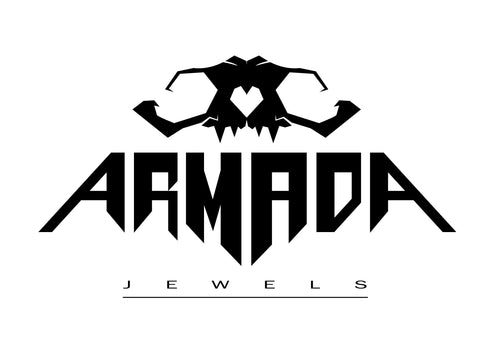Vishnu & Garuda
Mythical divine bird, mount of Vishnu, the only one among the mythical beings of primary importance in Indian mythology to be endowed with wings, which instead are among the most common divine attributes among other civilizations. Garuda looks like a hybrid between man and bird; but, while the coexistence of these two elements is constant, their relative weight varies a lot over time. In general, it can be said that we pass from a minimal humanization in the most ancient artistic specimens (parrot-billed bird, with only human ears, Sanchi Stupa, 1st century AD), up to an almost total disappearance of ornithomorphic characters, which are reduced, in medieval times, only to the wings. The aspect most frequently witnessed in the representations, shows it to us with the human body and the wings and the head of a bird; the ornithomorphic characters refer more to the parrot than to the eagle, as is commonly believed. Even in cases where the face tends to become human, the nose takes on a typical bird's beak shape, which makes it very similar to the Japanese Tengu. A sporadic element are the arms, which sometimes come alongside the wings, sometimes they are instead replaced by them.
Use this accordion to add info such as Materials, Sizing, Features, Shipping and Returns policies
Use this accordion to add info such as Materials, Sizing, Features, Shipping and Returns policies
Our Story, Our Promise
Use this text to describe a product, promotion, or your company.
Frequently Asked Questions
-
Use this text block to discuss some commonly asked questions like shipping and returns, sizing, warranties, or product and company details.
-
Use this text block to discuss some commonly asked questions like shipping and returns, sizing, warranties, or product and company details.
-
Use this text block to discuss some commonly asked questions like shipping and returns, sizing, warranties, or product and company details.
-
Use this text block to discuss some commonly asked questions like shipping and returns, sizing, warranties, or product and company details.

















